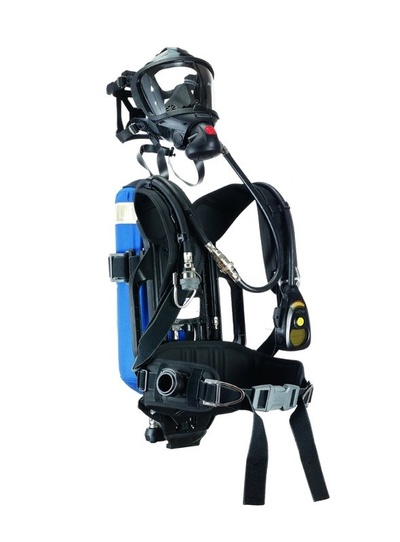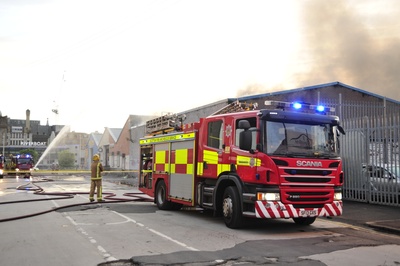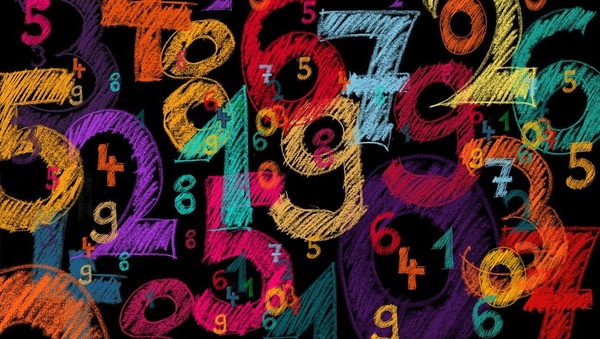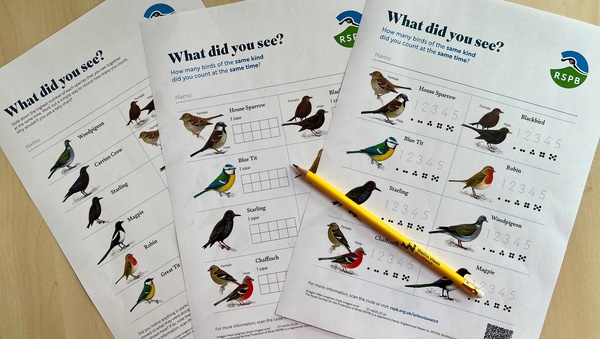The Maths Behind Fire Fighting

#ShowYourWorking is our annual campaign where we invite people from all industries to help show that maths is everywhere and highlight the importance of maths in all careers - from athletes to artists, and from horticulturists to hairdressers.
Today, we are shining a spotlight on firefighters, with an example shared with us by the Museum of Scottish Fire Heritage in Edinburgh.
Here are some ways that firefighters use maths in their work:
- Firefighters do quick maths equations to work out the amount of pressure remaining in their cylinders for Breathing Apparatus. In a BA search and rescue team they will have to check their air/pressure gauge and calculate how much air they have used, subtracting it from the amount on entry to estimate how much time they have left.

- Percentages help firefighters understand the flammability range of a variety of gasses so they can understand the hazards and severity of the environment they may be working in. For example, a gas such as acetylene is potentially flammable at dilutions between 2.5% and 80% in normal air. This allows them to anticipate the hazards associated in that environment.

- Firefighters use maths when operating the appliance pump, working out the pressures required to supply water from open water sources or fire hydrants, when operating a fire pump. They work out potential loss of pressure in a hose, for example each 25-metre length of hose would lose 0.2 Bar of pressure due to friction, if they had 3 lengths of hose to the Branch this would be 0.6 Bar.
Visit the Museum of Scottish Fire Heritage website to find out more about the history of fire fighting and check out their annual programme of events.
Download our campaign pack for information on how to share your own examples, or follow the hashtag #ShowYourWorking for more examples on Bluesky during Maths Week.
Latest News and Events

Maths Week 2026: Maths Matters
Maths Week Scotland is back for 2026 with the theme Maths Matters. To celebrate our tenth year, we will have an extended gala week running over two weekends, from Saturday 19 to Sunday 27 September.

RSPB Big Schools' Birdwatch
It is almost time for the RSPB Big Schools’ Bird Watch – the largest citizen science project for schools across the UK. Sign up to take part, from 6th January- 13th February 2026.
